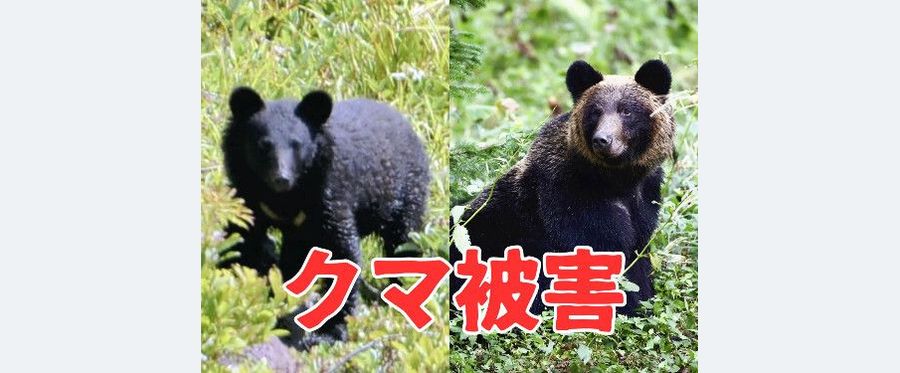Japan has reported more than 20,000 bear sightings in the first half of the year, marking the first time such numbers have been recorded. This unprecedented surge in sightings has raised concerns around public safety and wildlife management. While such cases typically increase in rural areas during annual foraging periods, the figures for this year are exceptionally high and span across multiple regions.
Bear sightings and encounters have long been a prominent issue in Japan's rural regions, especially Hokkaido and Northern Honshu. Japanese culture values harmony with nature and many people have a deep respect for these wild animals. However, the increased sightings are raising concerns about the bears' habitat encroachment due to urbanization and the need for improved co-existence strategies.
In the US, similar issues concerning bear sightings, particularly in states like Alaska, Colorado, and Montana, are handled with bear-resistant trash cans, public education campaigns about living with wildlife, and in severe situations, relocation or euthanasia of the bear. The significant increase in sightings in Japan could call for the adoption of such measures, potentially leveraging a combination of strategies suited to its unique circumstances.

